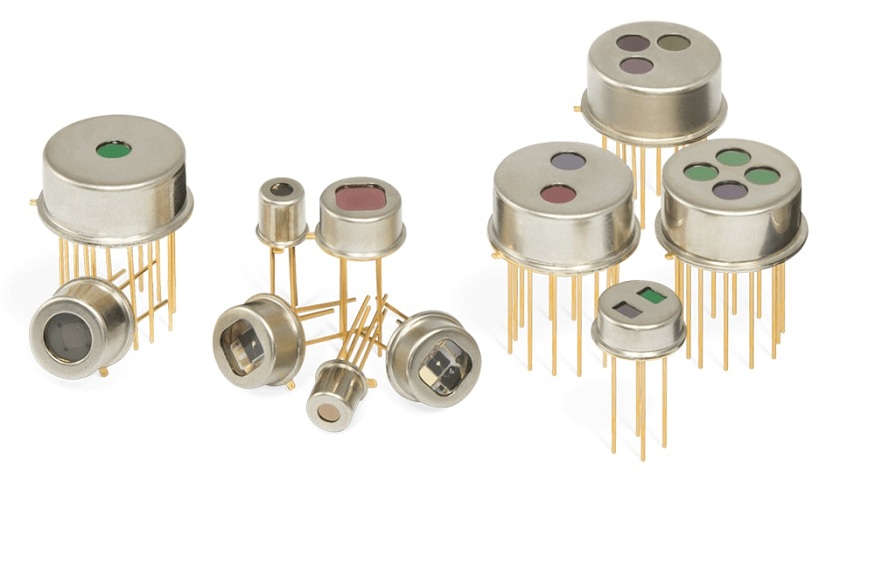Infrared sensing plays a vital part in how modern technology interacts with its environment. Among the devices responsible for this capability is the IR sensor, short for infrared sensor. Found in everything from home electronics to industrial automation systems, this sensor interprets invisible light signals in the infrared spectrum and converts them into usable data. While it often goes unnoticed in everyday use, its presence is essential to the seamless operation of numerous applications.
The fundamental purpose of an IR sensor is to detect infrared radiation, which is emitted by objects as a form of heat. Depending on its design, an IR sensor can detect proximity, measure temperature, or identify motion. These different functions are made possible by the type of infrared sensing mechanism in use—active or passive. Active IR sensors typically emit infrared light and then measure the reflection off objects, while passive IR sensors detect the natural infrared radiation emitted by objects in the sensor’s range.
Because of their versatility and cost-efficiency, IR sensors have become standard components in consumer electronics, security systems, medical devices, and industrial machinery. Their small size and low power consumption make them particularly useful in compact systems where efficiency is key. Over time, advances in materials and signal processing have only increased their reliability and precision.
Applications of IR Sensors in Everyday Devices
One of the most common uses of IR sensor technology is in home electronics. Television remotes rely on IR transmitters and receivers to send and receive commands. While this interaction is simple and has been in use for decades, it remains one of the most widespread implementations of IR sensor technology. Similarly, many air conditioning units and audio systems use infrared-based control methods that offer convenience without requiring physical contact.
In smartphones, IR sensors enable face recognition, gesture control, and proximity detection. When a user holds the phone to their ear, the proximity sensor powered by infrared automatically disables the touchscreen to prevent accidental input. More advanced systems use a combination of IR sensors and infrared light sources to construct depth maps for facial recognition, enhancing both security and user experience.
Security systems often rely on IR sensors to detect motion. Passive IR sensors can sense body heat moving within a defined range, making them ideal for motion-activated lighting or alarms. These sensors are valued for their ability to distinguish between movement caused by humans and changes in the environment, reducing false alarms. Their silent operation and compact form make them well-suited for discreet placement in both residential and commercial properties.
Even automatic doors use IR sensors to determine when a person is approaching. By sensing changes in infrared light or detecting movement within a specific zone, these systems can activate the door mechanism efficiently and reliably. In grocery stores, malls, and office buildings, this hands-free operation improves hygiene, convenience, and accessibility.
Industrial and Scientific Use Cases for IR Technology
In industrial settings, IR sensors are used to monitor equipment and processes. Machines operating at high temperatures can be monitored remotely using sensors that detect changes in infrared radiation. This helps identify overheating components or fluctuations that might indicate wear or malfunction. As a result, facilities can perform preventative maintenance and avoid costly downtime or equipment failure.
Another critical role of the IR sensor in industry is in automation. Robotic systems often include infrared technology to identify objects, read barcodes, and avoid collisions. By sensing proximity and interpreting movement, IR sensors contribute to more accurate and responsive automation workflows. In environments where dust, noise, or other obstacles interfere with traditional sensors, infrared provides a reliable alternative.
Medical applications also benefit from infrared sensing. Non-contact thermometers, for example, use IR sensors to measure body temperature based on heat emission. This allows for hygienic and rapid readings without physical contact, a function that has become particularly important in clinical settings. Additionally, certain diagnostic imaging systems use infrared to monitor blood flow and detect abnormalities in body tissue.
Scientific research uses infrared detection in various fields such as astronomy, environmental monitoring, and material science. Telescopes equipped with infrared sensors can observe celestial bodies that are otherwise invisible to the human eye. In environmental monitoring, infrared can help detect gas emissions, track temperature variations, and assess vegetation health from satellite imagery. These contributions extend far beyond everyday technology and support long-term understanding and innovation.
Engineering Considerations and Sensor Design
Designing a system that uses an IR sensor involves several critical considerations. Sensor sensitivity, range, angle of detection, and response time all affect performance. Engineers must carefully select the appropriate sensor type based on the environmental conditions and intended application. For instance, outdoor motion detection systems require sensors that are resilient to temperature swings and resistant to interference from sunlight or other infrared sources.
In addition to the hardware, the software that interprets IR signals plays a key role in system accuracy. Filters, signal processing algorithms, and calibration routines ensure that the data collected from the IR sensor is meaningful and free from noise. In high-precision environments, even slight variations in infrared detection can make a difference, particularly in automation or scientific measurement.
Power consumption is another important factor. Because many IR sensors are used in battery-powered or portable devices, engineers often look for models with low power draw and the ability to enter sleep modes when not in use. Modern designs incorporate energy-efficient circuits and smart control schemes that extend battery life without compromising responsiveness.
Materials used in the construction of IR sensors also impact reliability. Lens quality, filter coatings, and enclosure materials must withstand environmental exposure without degrading signal clarity. As sensor technology becomes more refined, manufacturers are incorporating robust designs that deliver stable performance across a wide range of conditions.
The Future of IR Sensing in Intelligent Systems
As systems continue to evolve toward greater automation and intelligence, the role of the IR sensor becomes even more significant. Whether in home automation, autonomous vehicles, or wearable health monitors, the ability to gather accurate data from the environment in real time is essential. The IR sensor provides this capability in a compact, affordable form that can be integrated into nearly any product or platform.
In the automotive industry, IR sensors are part of advanced driver-assistance systems. They help detect objects in low-visibility conditions and can support features such as night vision or drowsiness detection. As self-driving technology advances, infrared sensing is expected to work alongside cameras, radar, and lidar to create safer, smarter vehicles.
Artificial intelligence and machine learning are also enhancing the value of IR sensing. By analyzing patterns in infrared data, systems can recognize behaviors, anticipate outcomes, and make autonomous decisions. This adds new layers of functionality to previously simple IR-based mechanisms, such as turning on lights or measuring temperature.
From its earliest uses in remote controls to its growing role in connected, data-driven environments, the IR sensor has proven to be one of the most adaptable and essential tools in modern engineering. Its continued development will enable even more responsive, efficient, and intelligent systems in the years ahead.



